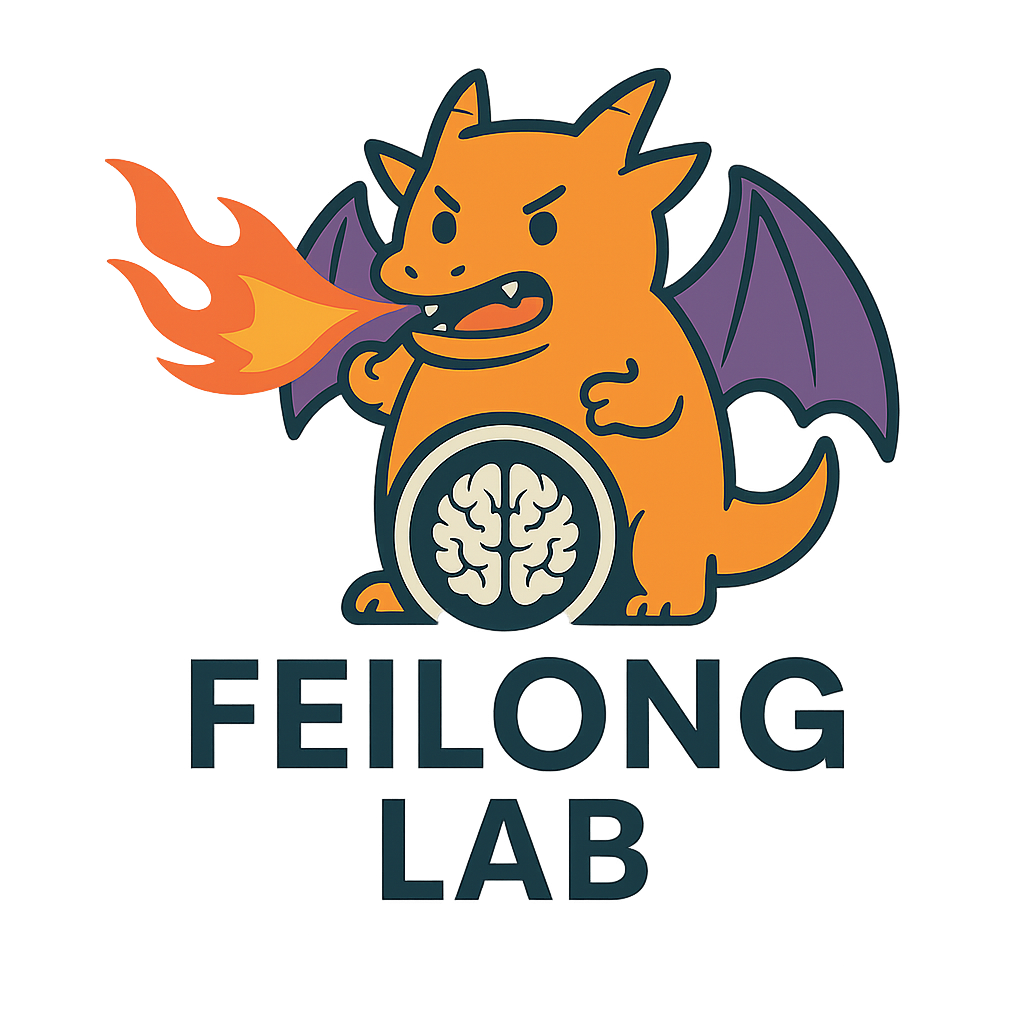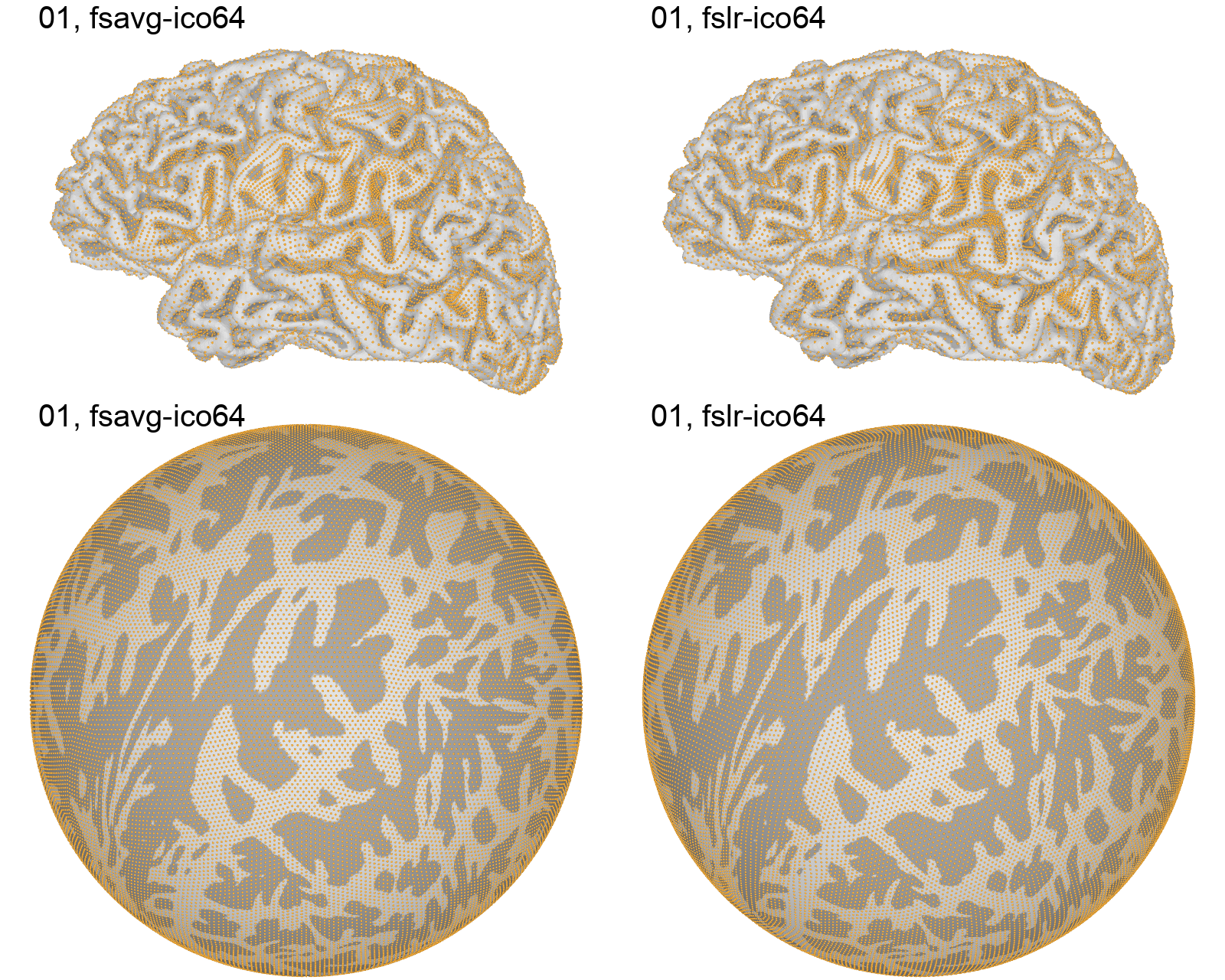Structural and functional brain templates#
Brain templates are the cornerstone of neuroimaging studies, providing a common reference space for aligning and comparing brain data across individuals. To this end, we have developed the onavg (OpenNeuro Average) cortical surface template [Feilong et al., 2024], which is derived from high-quality MRI data of 1,031 individuals from the OpenNeuro platform.
Functional brain templates and the HyperBrain project#
We are working with the Haxby Lab at Dartmouth College on the HyperBrain project, which aims to create a high-quality functional brain template for hyperalignment and other functional alignment methods.
Feilong will present some preliminary results at the Society for Neuroscience (SfN) 2025 conference in San Diego. Stay tuned for more updates!
Yuqi Zhang, a Ph.D. student in the Haxby Lab, is leading a project on optimizing functional brain templates for different age groups (e.g., children, adolescents, older adults) in order to improve hyperalignment performance. See our preprint [Zhang et al., 2025] for details.
References#
Ma Feilong, Guo Jiahui, Maria Ida Gobbini, and James V Haxby. A cortical surface template for human neuroscience. Nature Methods, 21(9):1736–1742, 2024. doi:https://doi.org/10.1038/s41592-024-02346-y.
Yuqi Zhang, Maria Ida Gobbini, James V Haxby, and Ma Feilong. Boosting hyperalignment performance with age-specific templates. bioRxiv, pages 2025–02, 2025. doi:https://doi.org/10.1101/2025.02.19.639148.

